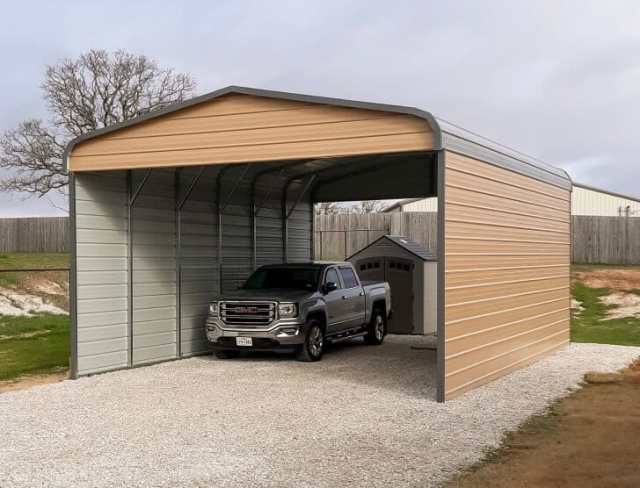- Are you wondering which type of carport is right for your specific needs?
- Do you need to find out how much carports cost in your area?
- Do you want a quick and easy guide to buying a carport?
If you answered “yes” to any of those questions, this guide is for you.
In this guide you will learn:

Alan Bernau Jr.
Owner – Alan’s Factory Outlet
I’m Alan Bernau Jr., owner of Alan’s Factory Outlet. I’ve helped more than 100,000 homeowners customize and install carports, metal garages, and similar metal buildings. That experience has helped me understand what questions homeowners like you have about metal carports. I created this guide to help you get the answers you need to make the right decision for your situation.
Over the past several years, the demand for metal carports has continued to grow rapidly. If you want to save time and money on your carport, you should read this guide now, before prices go up.
If you happen to have any questions that aren’t answered in this guide, please give me a call or contact me through my website and I’ll be glad to help.



